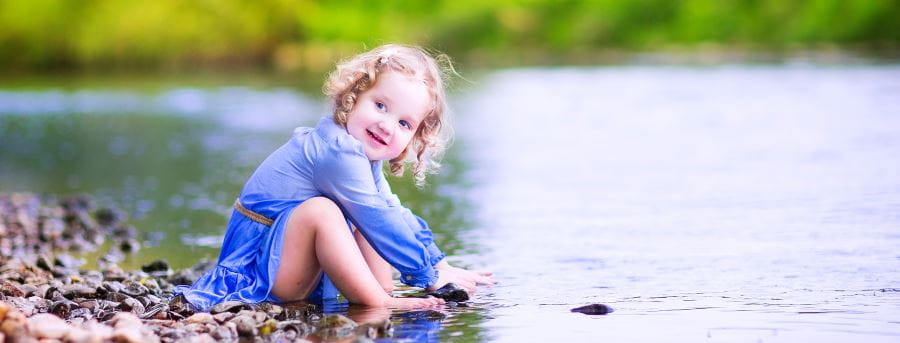
Q. Why do drownings occur in inland waterways?
A. There are many reasons drowning deaths occur in these areas.The flat, still surface of an inland waterway can give a false sense of security. Currents, even in seemingly tranquil waterways can prove dangerous. Inland waterways are not patrolled by lifeguards, and should someone get into trouble there may be no one to assist them. Swimmers can also panic if they get caught in submerged objects, which are present in many of these waterways.
Q. Where do drownings occur?
A. In inland waterways there are many environments where drowning deaths have occurred – rivers, lakes, dams, irrigation channels, water tanks and creeks have all been the site of drowning deaths.
Q. What safety precautions can I take if I want to swim in an inland waterway?
A. Remember that water conditions which may have been suitable one day can change hourly with the current. Submerged objects, like branches or rocks, are often invisible from above the surface and present a real risk of neck and spinal injuries, especially to divers. Always enter the water slowly, feet first – never dive in. Be aware also that cold water can cause hypothermia.
Q. Who is drowning in inland waterways?
A. All types and ages of people drown in inland waterways - from young children to the elderly.
Q. Why are inland waterways dangerous?
A. Changing seasonal patterns, flooding and other effects of nature can cause inland waterways to change. Remember if the water crossing is flooded don’t try to cross it, while it may look calm and shallow on the surface it is possible that the road that was there no longer exists.
Inland Waterways Safety Checklist
- Always enter the water slowly; feet first, never dive in
- Banks - a crumbling riverbank can lead to an accidental fall into the water
- Riverbeds - a riverbed may be uneven, unstable or slippery
- Underwater obstacles - beware of submerged items under the surface of the water – rocks, branches and rubbish can all cause injury
- Currents are unpredictable - don’t expect them to follow the contour of the river
- Water can be a lot colder than it appears so beware of hypothermia – a drop in the body’s internal temperature puts your vital organs in danger
- Don’t cross flooded inland waterways, strong currents are often present where rivers enter lakes or dams
- Be aware that heavy rainfall alters water levels